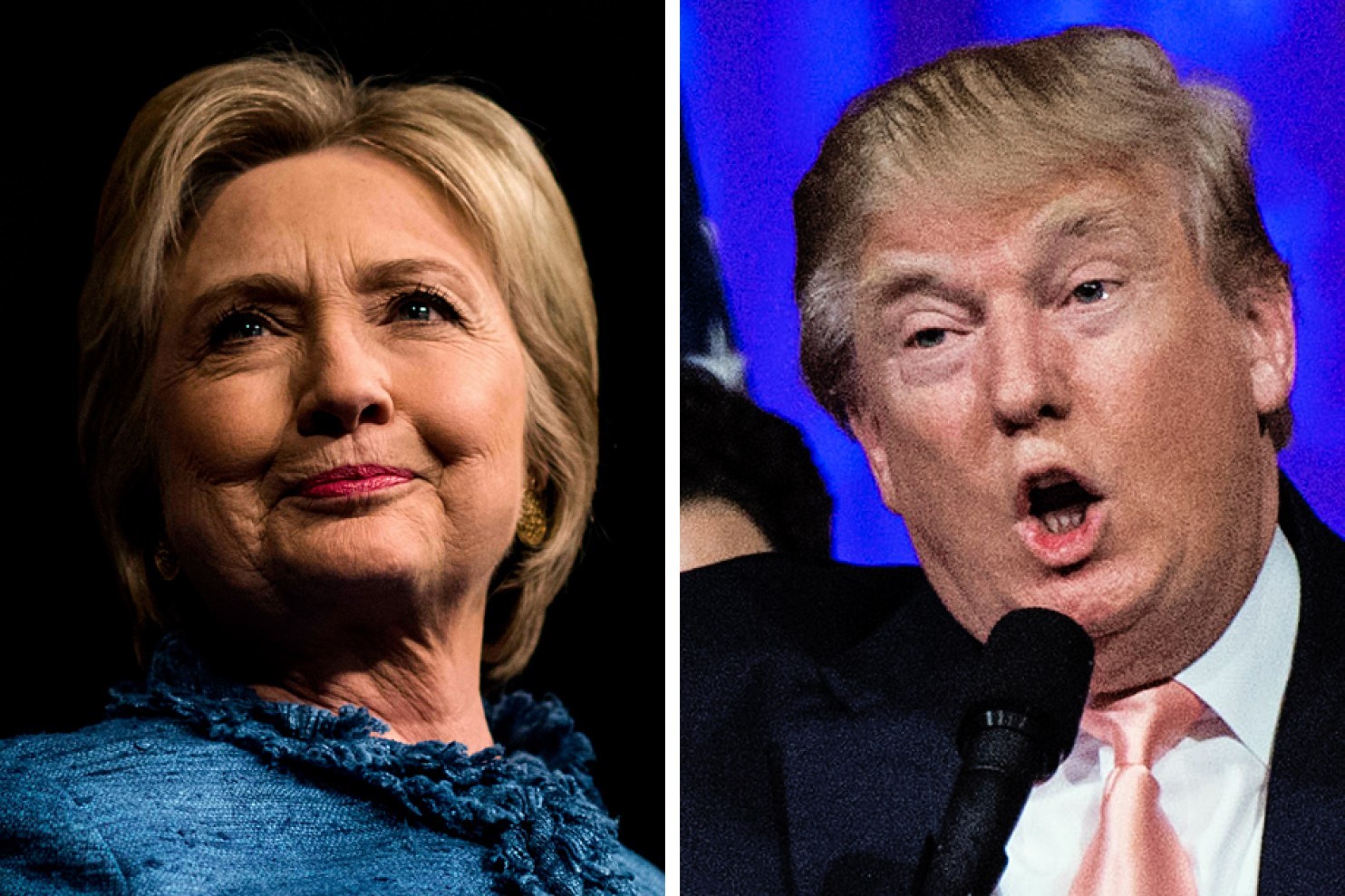
Elections are about enthusiasm.
Pundits will tell you, for example, that Virginia is a purple state. They are wrong. Virginia is sometimes a red state and sometimes a blue state but never a purple state.
An unenthusiastic Virginia — when only 2.2 million people vote — is red. Any Democrat will have an extremely difficult time breaking 50 percent statewide when turnout is 2.2 million voters. Thus in the 2013 governor’s race, Terry McAuliffe actually lost the overall vote by about 5 percentage points, when 2.2 million voted, but the non-Democratic vote was split between a Republican and a tea partyer (who got 6.5 percent of the vote) running on the Libertarian line, giving McAuliffe his 2.5-percentage-point win. And in 2014, another unenthusiastic year, more or less the same 2.2 million voted, making Virginia again a red state. Democratic Sen. Mark Warner — the most popular politician statewide — lost the overall vote by more than a percentage point. But the tea partyer again ran and got 2.4 percent of the vote, giving Warner his slim win over Republican Ed Gillespie.
But an enthusiastic Virginia — with turnout of more than 3.6 million, which is more than 50 percent larger than the unenthusiastic showing — is a blue state. No Republican can win a majority of those 3.6 million-plus Virginians. Thus Virginia was a blue state in the two Obama presidential elections, in 2008 and 2012. And, thus, in 2008, Warner, running with Obama, won by 31 percentage points (almost the same margin of victory he would have had in 2014 if he could have added in his 80 percent share of the more than 1.4 million Virginians who didn’t turn out). And in 2012, Tim Kaine, also running with Obama, won by six percentage points.
The same is true of many supposedly swing or purple states. They swing with turnout. They swing with enthusiasm.
Which is bad news for Hillary Clinton. Some people like her and many more tolerate her, but virtually no one is enthusiastic about her. Clinton still talks about glass ceilings rather than gig economies, and everyone has heard her by now, on many occasions. It was largely the expectation of Clinton’s “same pitch, different day” that led cable networks to cover Donald Trump’s long post-Michigan infomercial rather than Clinton’s victorious-sounding concession speech.
This lack of enthusiasm for Clinton — known as the “enthusiasm gap” — presents a serious threat to her candidacy, as the election necessarily will largely be about turnout and demographics. With no boots-on-the-ground war and unemployment at 4.9 percent, these factors will hold far more sway over the outcome than candidates’ stances on any of the existing nonissues.
It requires enthusiasm to turn demographics into votes. Giving millions of potential voters little reason to go to the polls is a foolproof formula for increasing the number of red states. The 2016 Democratic nominee surely will need the same type of enthusiasm that Obama used to spur those additional 1.4 million voters to the polls in Virginia and turn the state blue. But this is exactly what Clinton lacks.
Could Trump bridge the enthusiasm gap for Clinton? Could he drive people to the polls merely to vote against him? Will those extra 1.4 million Virginians, who may yawn at the thought of Clinton — Hispanics, blacks and other minorities; the unemployed; the working poor; and all the rest of the Trump-offended — work up enough enthusiasm against Trump to turn the state blue? And, if so, could that pattern repeat in enough other swing states, so that in the end Clinton might not actually win the election as much as Trump might lose it?
Of course, we have not gotten to this question quite yet. Sen. Bernie Sanders (I-Vt.) remains in the Democratic race, and what he arguably lacks in common-sense policies, he makes up for in his ability to generate enthusiasm. Republican Sen. Ted Cruz (Tex.) still has a shot to topple Trump. But while he, too, has a likeability problem, no one could generate the type of broad-based negative enthusiasm that Trump seems to engender. And if the Republicans somehow find their way to Sen. Marco Rubio of Florida, Ohio Gov. John Kasich, House Speaker Paul D. Ryan (Wis.) or Mitt Romney, Clinton will have to face down her enthusiasm gap all on her own.
But if we get there, if Clinton faces off against Trump, we probably will know everything we need to know once the Virginia voter turnout numbers begin to roll in.
- Publish my comments...
- 0 Comments
